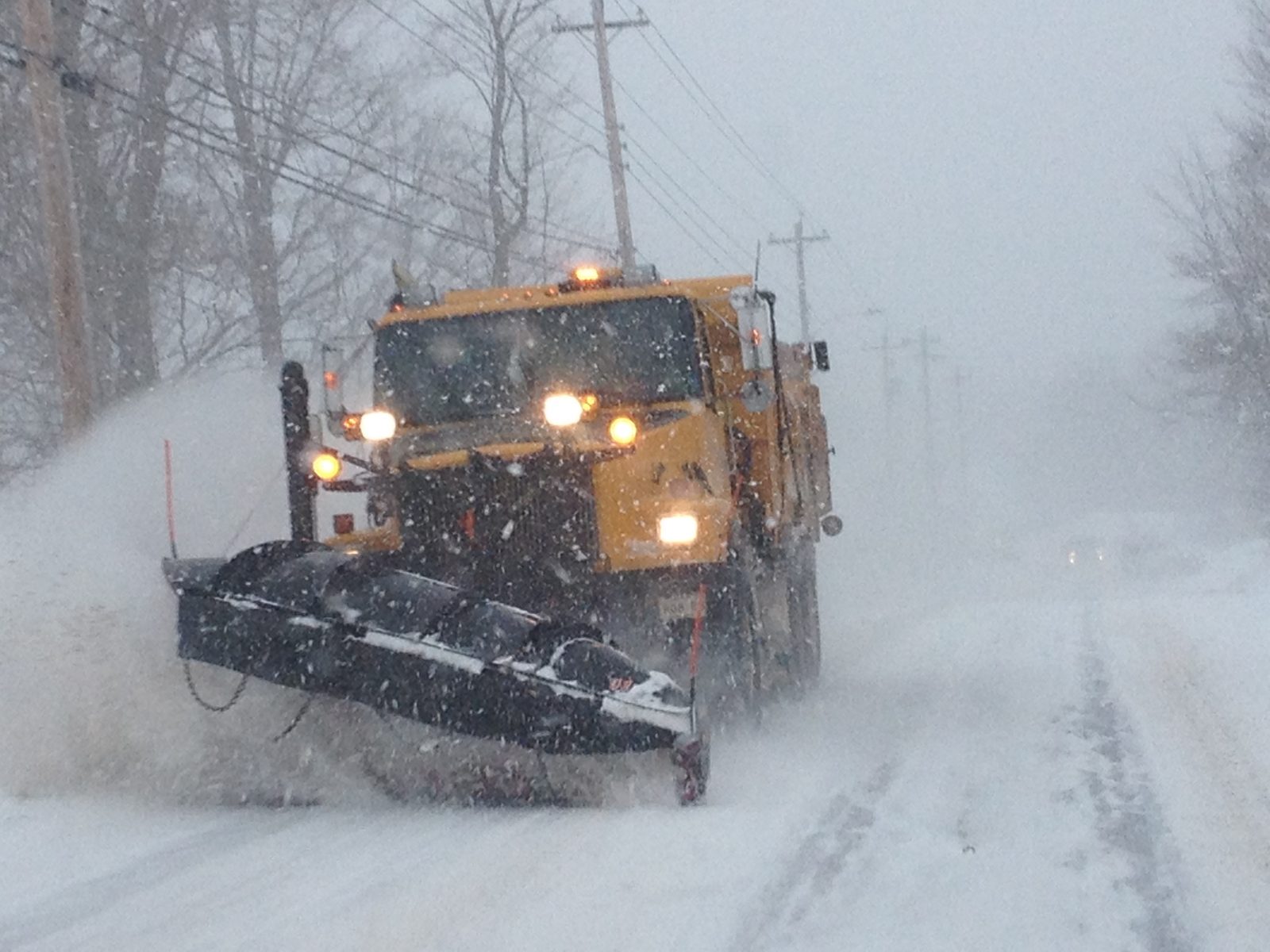UNITED COUNTIES, Ontario – Staff of SDG United Counties Transportation and Planning Services gave an extensive presentation to Council on Monday, March 18, detailing possible adjustments to snow clearing maintenance.
“A major, and arguably, the most visible and important service that Transportation and Planning Services provides is winter maintenance activities,” read a statement in the meeting agenda, which also detailed that 53 per cent of SDG operations budget is associated with winter maintenance, including costs for salt and pre-wet liquids.
Overall, the Counties are responsible for maintaining almost 2,000 km of roads. Currently, roads are maintained in accordance with the Minimum Maintenance Standards for Municipal Highways (MMS), which is not a mandatory practice, but provides the County with legal defense to prove that roads are maintained in a reasonable state of repair. The roads are also categorized within a system based off provincial regulations, which recommends standards for how much time the municipality has to clear snow or ice for each class of road, dependent on rate of accumulation.
Staff presented a number of strategies to Council, including options involving decreasing the current level of service, adhering strictly to MMS requirements, increasing the level of services and adding additional resources on higher class roads, as well as options to maintain the same level of service or redesign plow routes based on road class.
Council members collectively voiced that they wanted more consistent maintenance during the busiest morning and afternoon commute times, especially on County Rd. 31.
“If I leave at 6:30 a.m. from Morrisburg to get to downtown Ottawa in a snowstorm, it’s about two-and-a-half hours with the traffic…and the roads are bad,” said Kirsten Gardner, Deputy Mayor of South Dundas.
“Why that’s important…when we are attracting people to our communities, the commute is a big part of the conversation around growth, just being able to say consistently that we are going to have a (safer, faster) commute is going to help us out,” added Gardner.
Council recommended that traffic trends for County Rds. 31, 1, 7, 2 and 34 be assessed to determine if the current level of service is being delivered at the most optimal times on these roads.
Deputy Mayor Allan Armstrong expressed how he believes that plowing at 6 a.m. is too late to start in the morning, as many workers may begin their commute around that time. He recommended that plowing should be targeted to occur between 3:30 and 5:30 a.m.
Director of Planning and Transportation Ben de Haan assured that new systems based off of Council’s recommendations will be considered and developed after the necessary data to their concerns is obtained. Recommendations will be brought back to council in a few months. De Haan ensured that obtaining a target traffic count would be straightforward but would take some time. He also maintained that planning around winter storms are to be assessed as particular cases as it is often difficult to plan how storms will affect roadways over a period of time.





